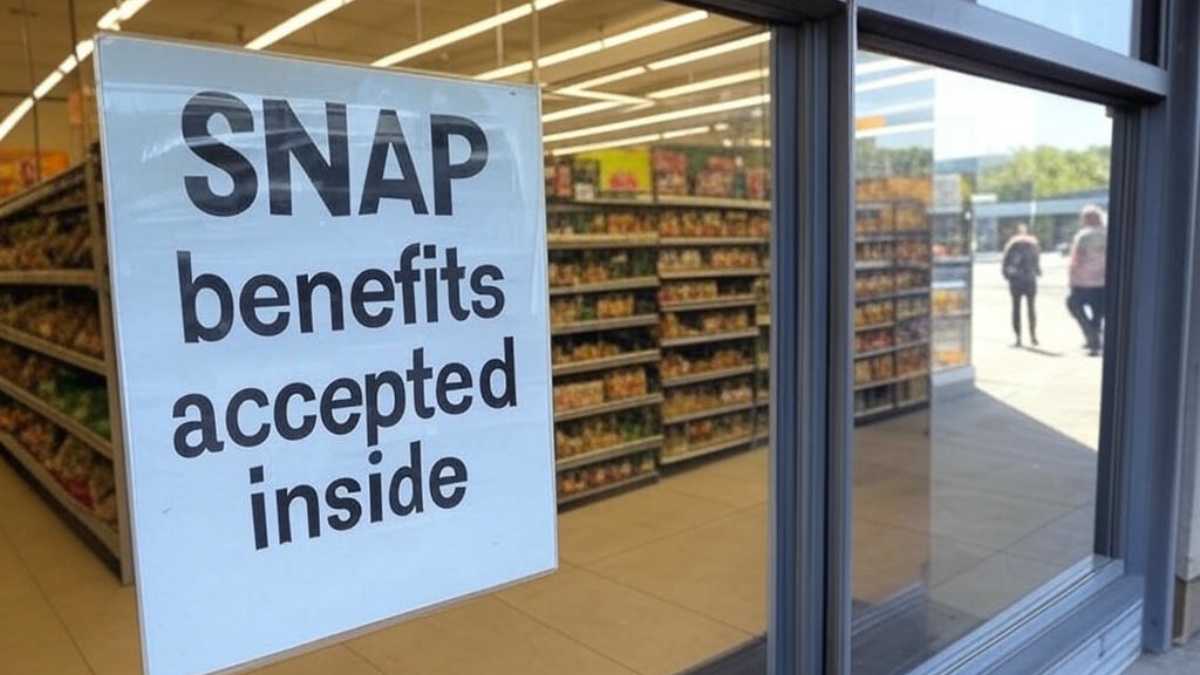Millions of Americans have already received their SNAP benefits (or food stamps) payments for the month of April, while many of them are still waiting for their payments, because the benefits have not yet been distributed in several states.
This federal program is designed to combat food insecurity. It works through Electronic Benefits Transfer (EBT cards). This operates the same as a debit card to purchase authorized products at affiliated businesses. It is administered by the Food and Nutrition Service (FNS) of the US Department of Agriculture.
Some states continue to distribute SNAP benefits through April 28
Many states, with a small population of SNAP beneficiaries, send their entire payments in a single day, or in a few days (less than a week, in many of them). However, some have many beneficiaries and have to spread the distribution of benefits on monthly schedules that can be as long as 28 days.
This week and next, some states are still sending payments, and these are states with calendar still on:
- Delaware: From April 2 to 23 (includes from 21 to 23).
- Florida: From April 1 to 28 (includes from 21 to 28).
- Louisiana: From April 1 to 23 (includes from 21 to 23).
- Michigan: From April 3 to 21 (only the 21st).
- Mississippi: From April 4 to 21 (only the 21st).
- Missouri: From April 1 to 22 (includes from 21 to 22).
- North Carolina: From April 3 to 21 (only the 21st).
- Texas: From April 1 to 28 (includes from 21 to 28).
Maximum SNAP benefit amounts in April 2025
For the 48 contiguous states and Washington DC, the list of maximum SNAP benefit amounts will be as follows, according to household size:
- 1-person household: $292 monthly
- Household of 2 people: $536 monthly
- Household of 3 people: $768 monthly
- Household of 4 people: $975 monthly
- Household of 5 people: $1,158 monthly
- Household of 6 people: $1,390 monthly
- Household of 7 people: $1,536 monthly
- Household of 8 people: $1,756 monthly
- For each additional person: $220 further
Dos and Don’ts of SNAP benefits: what you can buy and what you can’t buy
SNAP users can purchase fruits, vegetables, meats, dairy products, breads, cereals, seeds, and plants for home cultivation. Non-alcoholic drinks, snacks and basic ingredients such as oils are also allowed. Purchases must be used for preparation and consumption at home.
Alcohol, tobacco, medications, supplements, live animals (except shellfish or fish) and hot ready-to-eat foods are excluded. Non-food items are also not covered: cleaning products, personal hygiene or pets. Establishments must be authorized by the FNS to accept EBT.
If you want to apply for SNAP benefits, start by heading to the official SNAP benefits program portal, in the USDA website. There, you can also find a directory to locate your nearest SNAP office.




